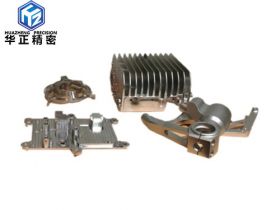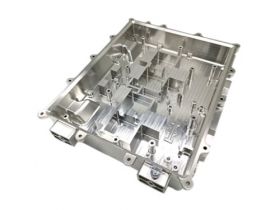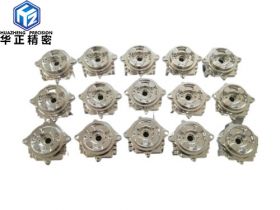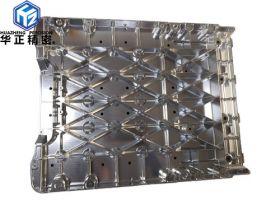News
Recommended Products
Contact Us
Contact Person: Cindy Zhu
TEL:+86 13418453374
Precision non-standard precision non-standard parts processing process
Part machining cannot complete all machining contents of all surfaces at one time. It must be processed in different processes. The entire processing process of precision parts can be divided into the following stages:
(1) Roughing stage. Most of the machining allowance is removed from each machined surface to produce an accurate datum. The first consideration is to maximize productivity.
(2) Semi-finishing stage. To remove the defects that may exist after rough machining, to prepare for surface finishing, a certain machining accuracy is required, an appropriate finishing allowance is ensured, and unnecessary surface machining is completed at the same time.
(3) The finishing stage. At this stage, a larger cutting speed, smaller feed and depth of cut can be selected to remove the finishing allowance left by the previous process, so that the surface of the part can meet the technical requirements of the pattern.
(4) The finishing stage. Mainly used to reduce surface roughness or strengthen surface processing, mainly used for surface processing with high surface roughness requirements (ra≤0.32μm).
(5) Ultra-precision machining stage. The machining accuracy is 0.1-0.01μm, and the surface roughness value ra≤0.001μm is in the processing stage.

Prev: Analysis of Influence of Machining Allowance on Part Accuracy
Next: Several key points affecting the machining accuracy of precision parts
Back















